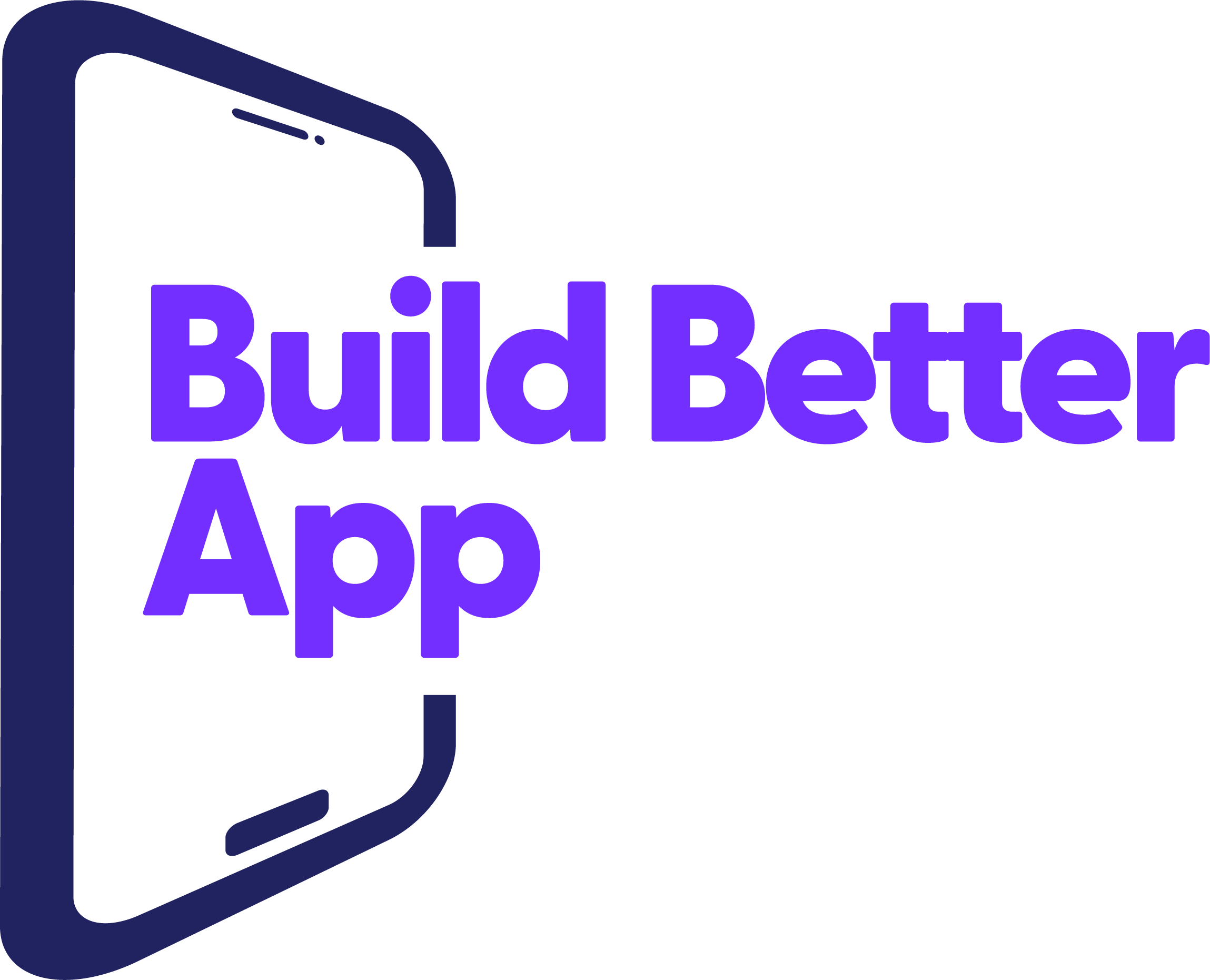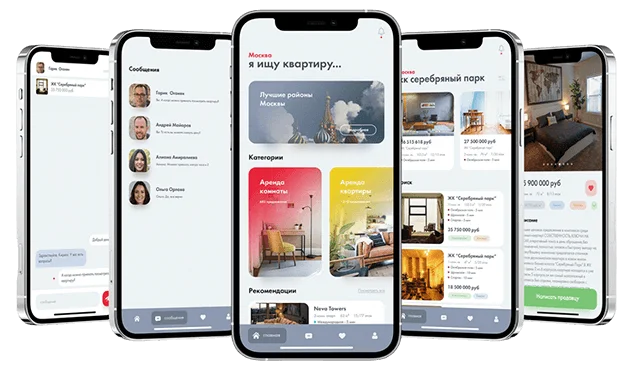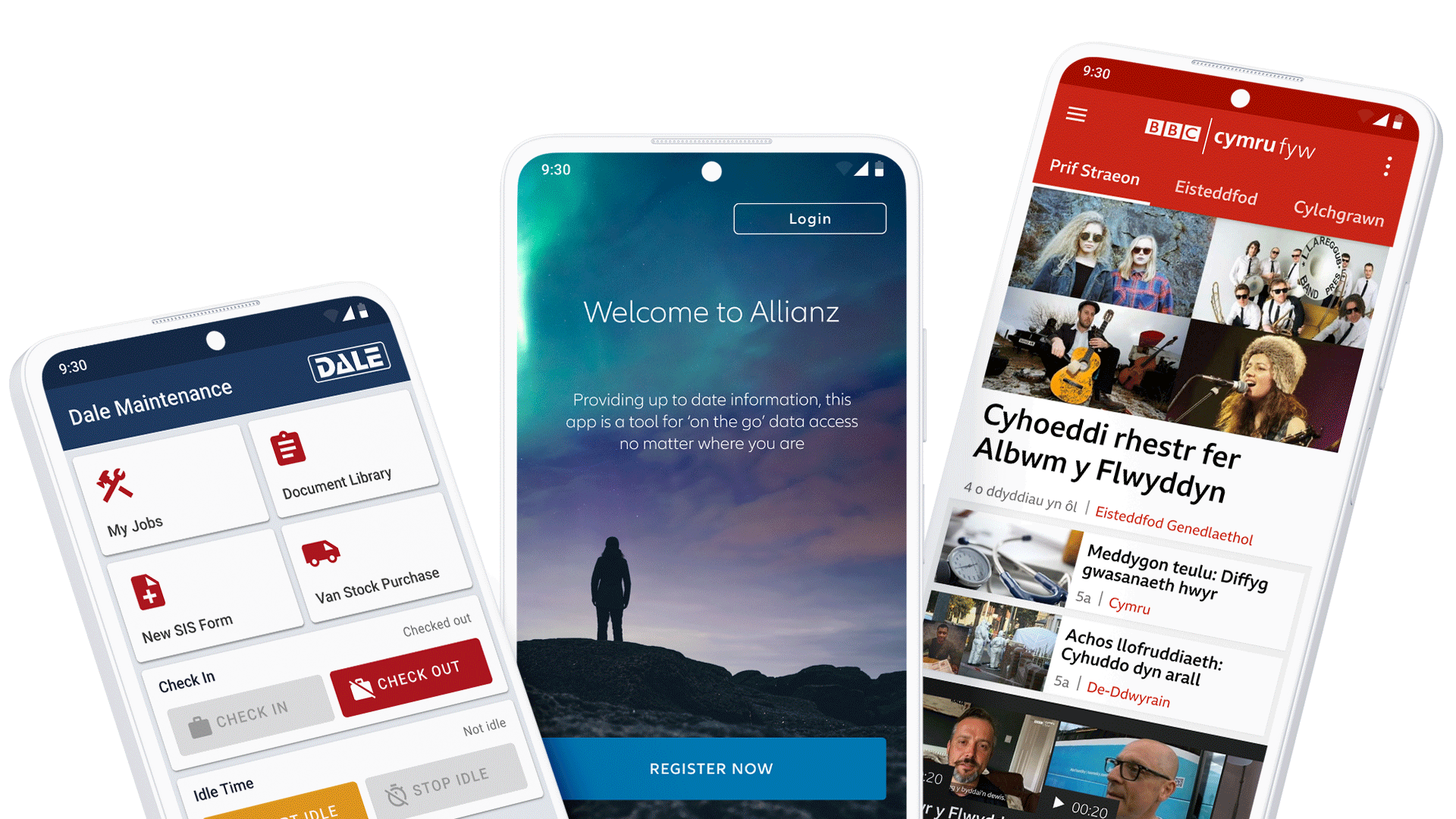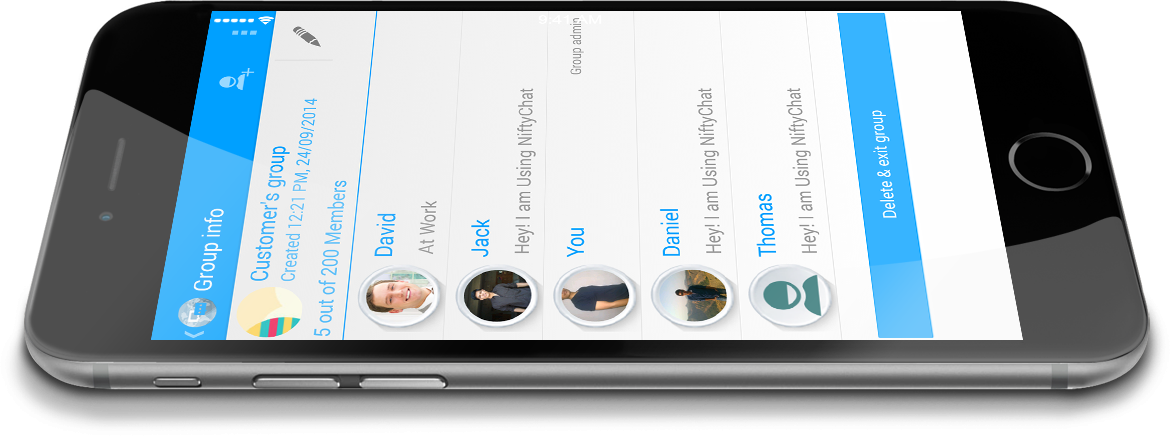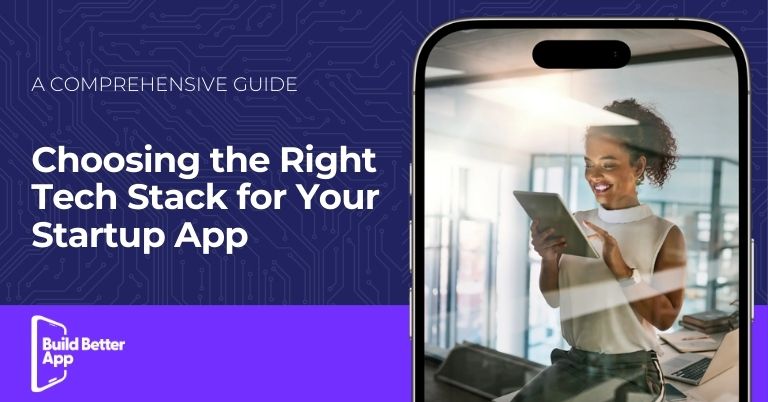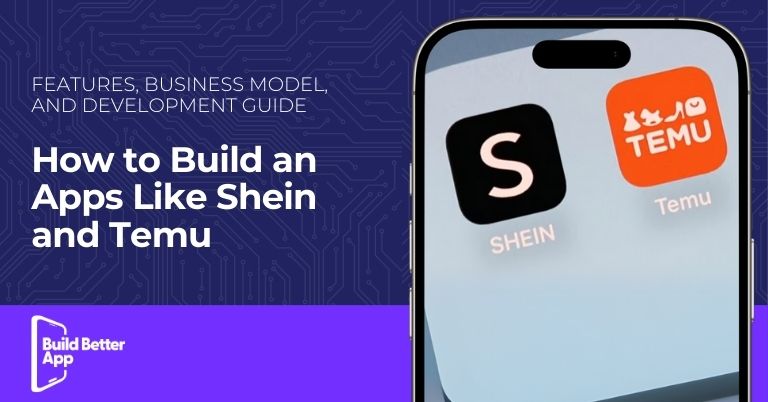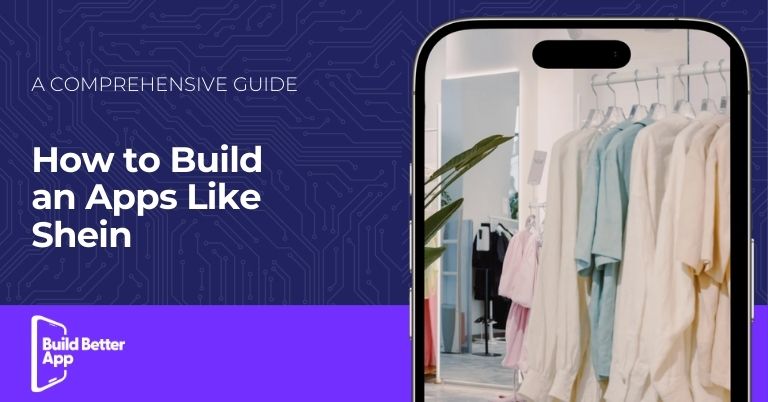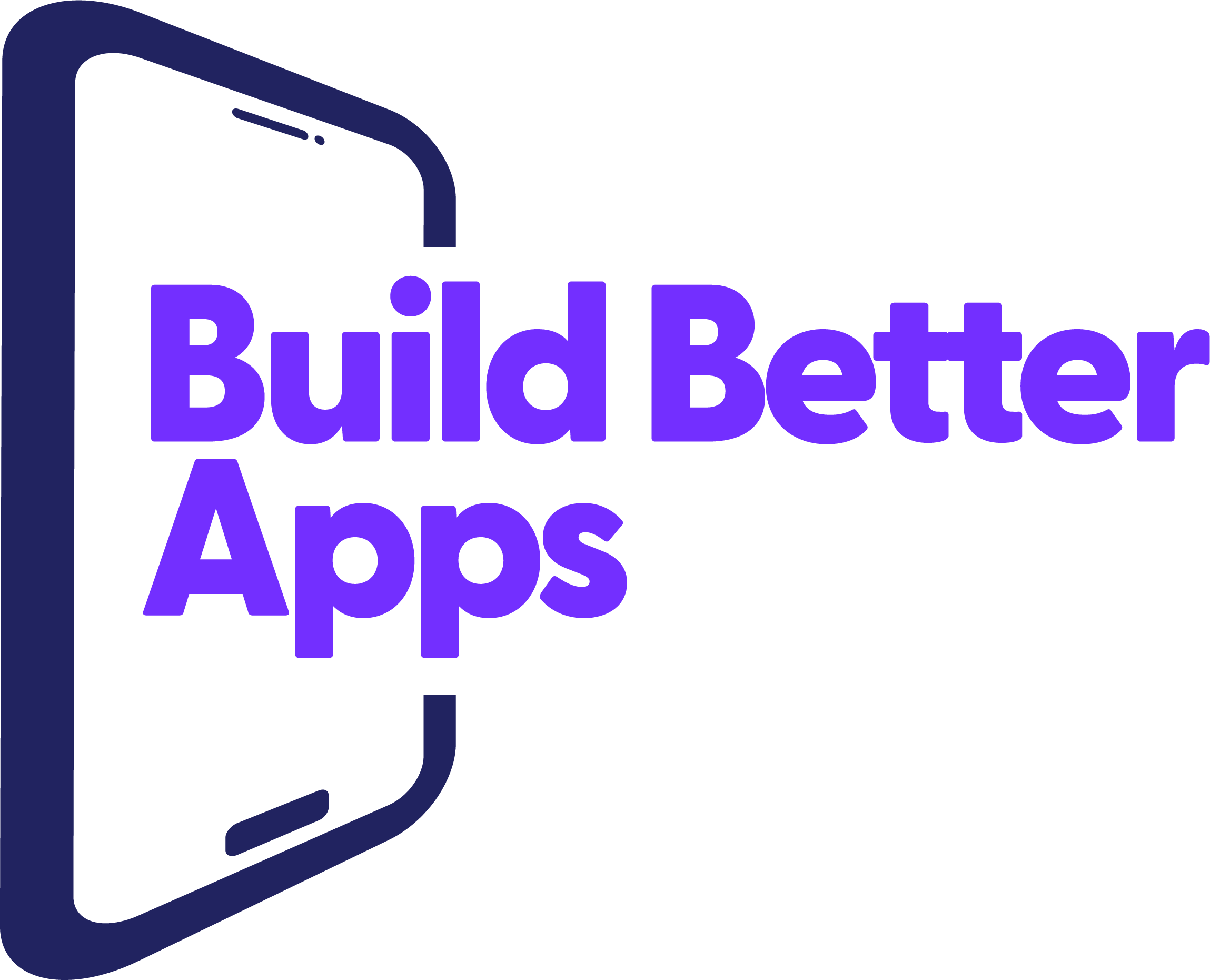Your Startup App
Launching a startup app is an exciting journey, but selecting the right technology stack can make or break the project. The tech stack you choose not only affects the development process but also plays a significant role in the app’s performance, scalability, and long-term success. In this blog, we’ll explore the essential components of a tech stack and guide you through the process of choosing the right tech stack for your startup app.
What is a Tech Stack and Why Does it Matter?
A tech stack is a combination of technologies used to build and run an application. It consists of two major components:
- Frontend (Client-Side) – The interface that users interact with.
- Backend (Server-Side) – The server, database, and application logic that power the front end.
Your tech stack influences development speed, app scalability, user experience, and even the cost of mobile app development for startups. Therefore, understanding each component is crucial to making informed decisions.
Key Components of a Startup App Tech Stack
1. Frontend Technology
Frontend technologies are responsible for creating the look and feel of your app. The most common mobile app development frameworks include:
- React Native – Popular for cross-platform development, allowing you to build apps for iOS and Android with a single codebase.
- Flutter – Google’s UI toolkit for building natively compiled apps for mobile, web, and desktop from one codebase.
- Swift (iOS) / Kotlin (Android) – Preferred for native development due to high performance and deeper integration with platform-specific features.
Choosing between cross-platform and native development depends on your target audience, app complexity, and budget.
2. Backend Technology
The backend is the engine that powers your app. Common backend technologies include:
- Node.js – Fast and efficient for real-time applications and scalable APIs.
- Django – A Python framework known for its simplicity and security.
- Ruby on Rails – Great for building MVPs quickly, thanks to its convention-over-configuration philosophy.
- Spring Boot – A Java framework used for building scalable, enterprise-grade applications.
The best tech stack for startups should prioritize flexibility, scalability, and ease of use.
3. Database Solutions
Choosing the right database is vital for data management and app performance. Popular options include:
- PostgreSQL – An open-source relational database ideal for complex applications.
- MongoDB – A NoSQL database that offers flexibility for handling unstructured data.
- Firebase – A Google-backed NoSQL solution perfect for real-time apps and startups needing rapid development.
Your choice depends on whether your app requires complex queries or faster data retrieval.
4. Cloud Infrastructure
Leveraging cloud infrastructure allows startups to scale rapidly without significant upfront investment in hardware. Popular cloud providers include:
- Amazon Web Services (AWS)
- Google Cloud Platform (GCP)
- Microsoft Azure
Cloud platforms provide tools for deployment, storage, and analytics, making them essential for app scalability.
Factors to Consider When Choosing a Tech Stack
1. App Requirements and Complexity
The complexity of your app dictates the tech stack. A simple app may only need a frontend framework and a basic backend, while a feature-rich app may require advanced databases, cloud solutions, and microservices architecture.
2. Time to Market
For startups, time is a critical factor. Opt for technologies that accelerate development without compromising quality. MVP app development for startups often uses frameworks like React Native or Flutter to expedite the process.
3. Cost of Development
The tech stack directly affects the app development cost. Open-source technologies reduce initial costs, but some proprietary solutions may offer better long-term benefits.
4. Scalability
Startups must plan for growth. Choose technologies that allow seamless scaling as user demand increases. Tech stack comparison can help identify which solutions offer the most scalability.
5. Developer Availability and Community Support
Selecting a tech stack with an active community and ample developer resources can reduce development hurdles. Technologies with rich documentation and active forums (like Node.js and Django) streamline troubleshooting and innovation.
Cross-Platform vs. Native Development: Which is Better for Startups?
One of the biggest decisions when choosing the right tech stack for your startup app is whether to go for cross-platform or native development.
- Cross-Platform Development
- Write once, deploy on both iOS and Android.
- Reduces development costs and time.
- Examples: React Native, Flutter.
Best for: Startups with limited budgets needing to launch quickly.
- Native Development:
- Separate codebases for iOS and Android.
- Higher performance and access to platform-specific features.
- Examples: Swift (iOS), Kotlin (Android).
Best for: Performance-heavy apps requiring advanced features.
Best Tech Stack for Startups in 2025
While the ideal tech stack varies by project, here’s a well-rounded example for startups:
- Frontend: React Native or Flutter
- Backend: Node.js or Django
- Database: Firebase or PostgreSQL
- Cloud: AWS or GCP
This stack balances performance, scalability, and cost-effectiveness, making it a solid foundation for most startup apps.
Funding and Building Your Startup App
Securing investment is crucial for tech development. When funding your mobile app idea, a clear roadmap and tech stack outline can attract investors. Highlight how your tech choices optimize cost, scalability, and user engagement.
Conclusion
Choosing the right tech stack for your startup app requires a careful balance between performance, cost, and scalability. By considering factors like app complexity, development time, and budget, startups can lay the groundwork for long-term success. Whether you choose cross-platform frameworks or native development, a well-informed tech stack decision will drive innovation and growth.
FAQs
1. What is the best tech stack for startups building an MVP?
React Native for frontend, Node.js for backend, and Firebase for database solutions are popular choices for MVPs.
2. How much does it cost to develop a mobile app for startups?
The cost of mobile app development for startups varies depending on complexity and tech stack, ranging from $20,000 to $200,000+.
3. Should I choose native or cross-platform development for my startup app?
Cross-platform development is ideal for faster, cost-effective deployment, while native development is better for performance-intensive apps.
4. What backend technologies are best for startup apps?
Node.js, Django, and Ruby on Rails are commonly used due to their scalability and ease of development.5. How important is cloud infrastructure for startups?
Cloud infrastructure is essential for scalability, allowing startups to grow without major upfront investment.
BuildBetterApp is a leading mobile app development company in Skokie, specializing in creating high-performance, user-friendly mobile applications tailored to businesses of all sizes. With a team of expert developers, designers, and strategists, we provide end-to-end app development solutions that drive innovation and efficiency. Whether you’re a startup or an established enterprise, our cutting-edge technology ensures seamless app experiences. Additionally, as a trusted mobile app development company in Schaumburg, we cater to businesses looking for custom mobile solutions that enhance user engagement and boost digital growth. Partner with BuildBetterApp today to bring your app idea to life with precision and excellence.
